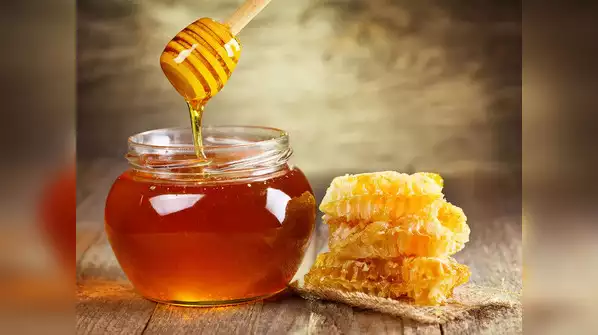Hawaii, a tropical paradise known for its rich biodiversity, is also home to a thriving beekeeping community. The practice of sustainable beekeeping in Hawaii not only enhances local ecosystems but also supports the state's unique flora and fauna. This article delves into the practices and benefits of sustainable beekeeping in Hawaii, offering insights and tips for aspiring beekeepers in the region.
Understanding Sustainable Beekeeping
Sustainable beekeeping refers to the practice of managing bee colonies in a way that supports the environment while ensuring the health and productivity of the bees. This involves using natural methods to maintain hives, avoiding chemicals, and adopting practices that mimic the bees' natural habitats. In Hawaii, sustainable beekeeping means working harmoniously with the islands' unique ecosystems.
The Importance of Bees in Hawaii
Bees play a crucial role in pollinating Hawaii's native plants, many of which are not found anywhere else in the world. The health of these plants directly impacts Hawaii's agriculture and biodiversity. Sustainable beekeeping helps protect these essential pollinators, contributing to the preservation of Hawaii's natural beauty and ecological balance.
Sustainable Beekeeping Practices in Hawaii
To practice sustainable beekeeping in Hawaii, beekeepers must adapt to the islands' unique climates and challenges. Here are some key practices:
- Natural Hive Management: Use of natural materials for hives, such as untreated wood, and avoiding synthetic paints and coatings to reduce chemical exposure.
- Organic Treatment Methods: Employ natural remedies for pest and disease management, such as essential oils, herbs, and organic acids.
- Biodiverse Plantings: Planting native and diverse flowering plants to ensure a year-round nectar and pollen source for bees.
- Minimal Intervention: Allowing bees to build natural combs and reducing hive inspections to minimize stress.
The Role of Local Flora
Hawaii's native plants, such as the ʻōhiʻa lehua and kou trees, provide vital resources for bees. Sustainable beekeeping encourages the growth of these plants, promoting a balanced ecosystem. Beekeepers should strive to cultivate gardens with native Hawaiian plants to support bee populations.
Challenges and Solutions in Hawaiian Beekeeping
Beekeeping in Hawaii presents unique challenges, including invasive species, diseases, and climate variations. However, sustainable practices offer effective solutions:
- Invasive Species Control: Monitoring and managing pests like the small hive beetle through natural predators or barriers.
- Disease Management: Focusing on hive hygiene and breeding disease-resistant bee strains to combat threats such as varroa mites.
- Adapting to Climate Change: Using shade covers and ventilation to protect hives from extreme weather conditions.
Community and Education
Building a community of informed beekeepers is crucial for promoting sustainable practices. Local workshops, seminars, and collaboration with agricultural institutions can provide valuable education and support for beekeepers in Hawaii.
The Economic and Environmental Benefits
Sustainable beekeeping in Hawaii offers numerous benefits both economically and environmentally:
- Boosting Local Economy: Honey and other bee products are a growing market. Promoting local honey can support small businesses and create sustainable income for beekeepers.
- Environmental Preservation: By encouraging biodiversity and maintaining natural habitats, sustainable beekeeping helps preserve Hawaii's landscapes and ecosystems.
- Enhanced Crop Production: Effective pollination from healthy bee populations increases yields for local farmers, supporting Hawaii's agricultural industry.
How You Can Get Involved
Are you interested in contributing to Hawaii's sustainable beekeeping efforts? Here are some ways to get involved:
- Join a Local Beekeeping Group: Connect with like-minded individuals to share knowledge and experiences.
- Attend Workshops: Participate in educational events to learn about sustainable practices and techniques.
- Start Your Own Hive: With proper training and resources, you can become a sustainable beekeeper and contribute to local ecosystems.
Conclusion: The Future of Beekeeping in Hawaii
The future of sustainable beekeeping in Hawaii is promising, with growing awareness and community efforts paving the way for environmentally friendly practices. By embracing these methods, Hawaii can continue to thrive as a lush haven for both bees and the natural world.
Join the movement today and make a lasting impact on Hawaii's environment. Whether you're an aspiring beekeeper or a conservation enthusiast, your contribution can help sustain the islands' vibrant ecosystems for generations to come.
Call to Action: Interested in learning more about sustainable beekeeping in Hawaii? Subscribe to our newsletter for the latest updates and tips on eco-friendly beekeeping practices. Let's preserve Hawaii's natural beauty, one bee at a time.
